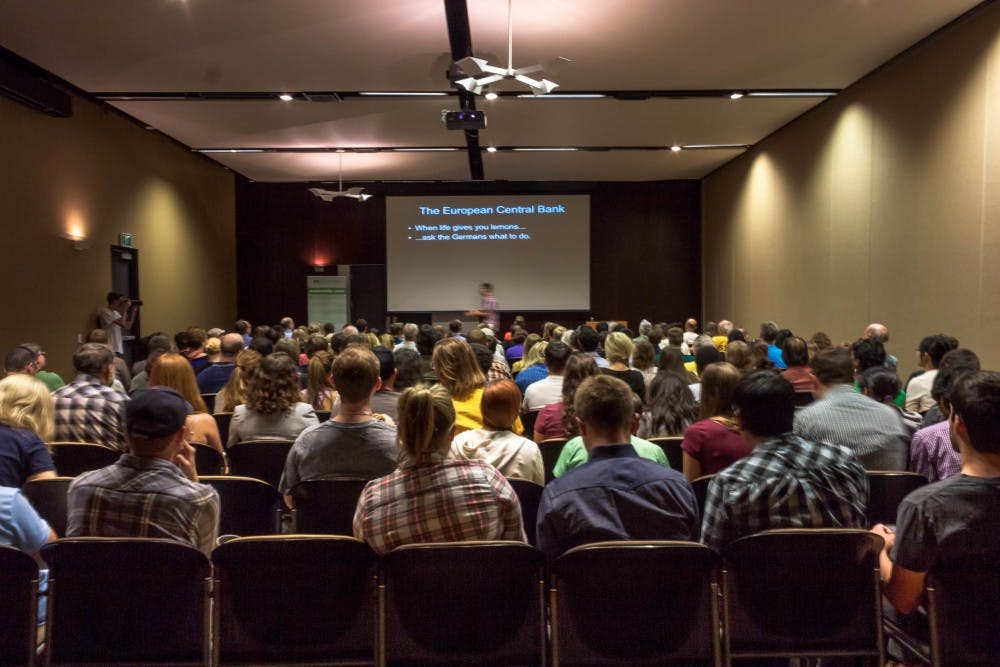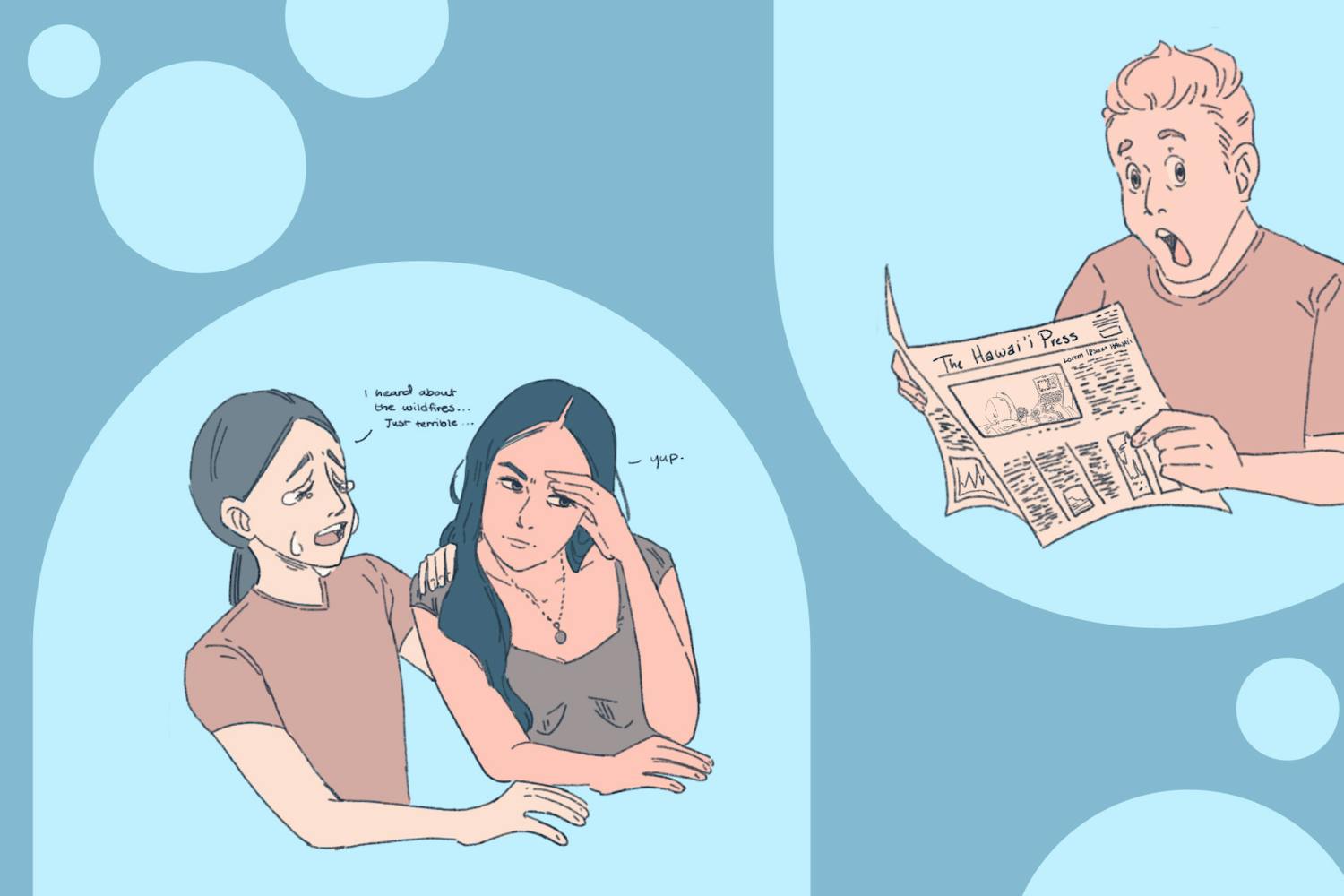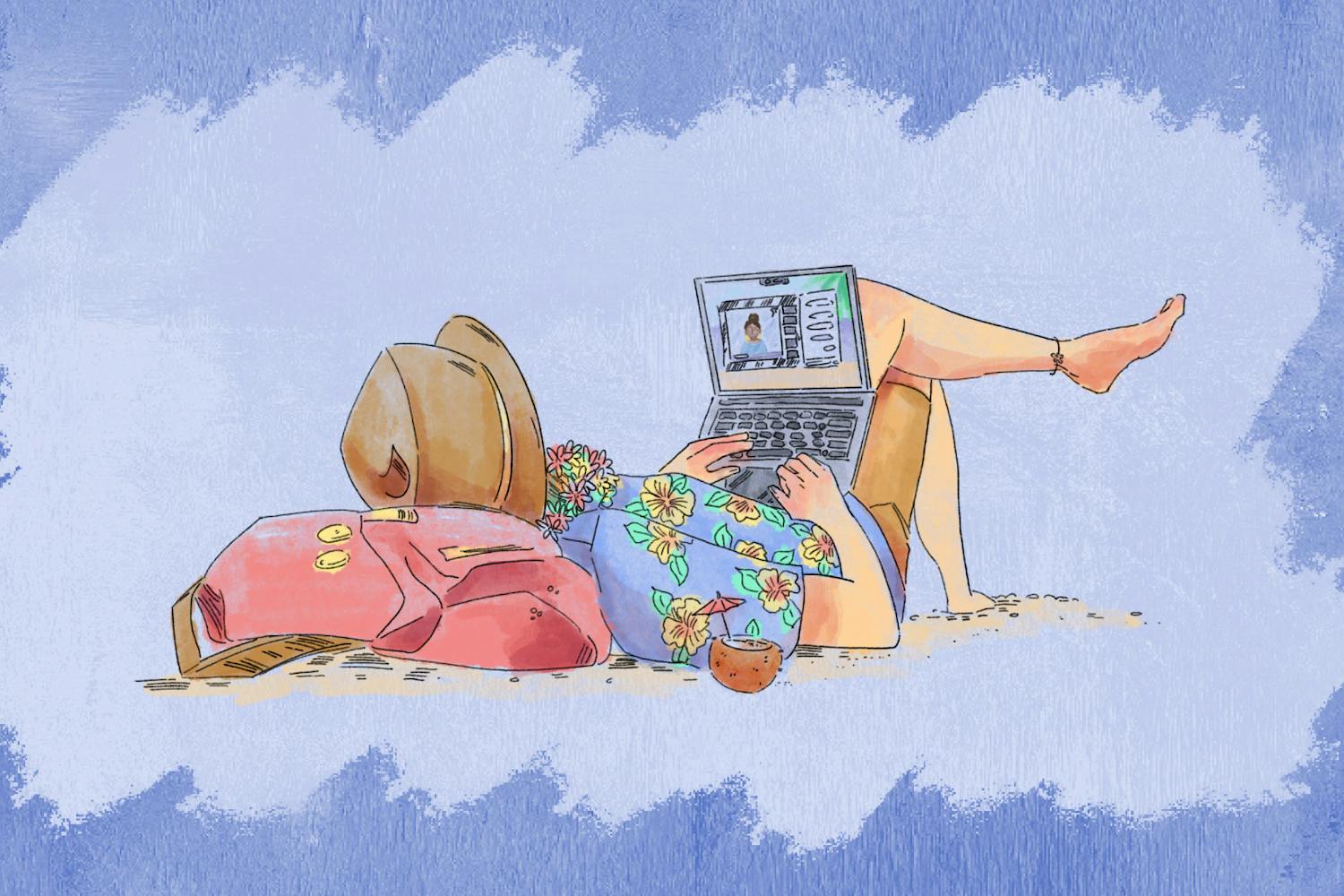Climate change may not seem like an issue causing people to riot in the streets, but on Sept. 21, over 300,000 activists marched down Manhattan’s asphalt roads in defense of Mother Nature, according to a September article in The New York Times. Few activists had age, nationality or career in common, but were instead bonded by a common cause. While the march remained nonviolent, the pounding of 600,000 feet undoubtedly shook the ground and drew some attention.
The assumption that activism must involve breaking glass and several SWAT teams collapses in the face of this intellectual-based movement. While climate-change activism attracts a highly passionate following, the ethical implications of this campaign encourage a peaceful precedent.
At ASU, students embrace the multifaceted definition of activism through various outlets. On Sept. 27th, Amalia Handler, ASU graduate student and representative for the Central Arizona - Phoenix Long-Term Ecological Research program (CAP LTER), divvied out paintbrushes to the Tempe High School Key Club and Robotics Club members, Eco-Ambassadors and sustainability students to construct a compost garden for their high school. While Amalia shies from considering her work “activism,” she says that her work with CAP LTER aims to “empower the community” through engagement in local schools.
Graduate sustainability student Sechindra Vallury recalls one of his undergraduate professors distinguishing “a fine line between a scientist and an activist.” With a slight smile, Vallury explains that the sustainability community’s ardent population makes this line incredibly easy to stumble over.
Nalini Chhetri, a sustainability lecturer and Senior Sustainability Scientist in the Global Institute of Sustainability, emphasizes that climate change is already “overwhelmingly accepted among the scientific community.” However, while this supports the efforts of sustainability-minded activists, the extraneous population remains less than concerned with the impactful changes occurring in our atmosphere.
In order to engage the community in preventive measures against risky climate change, “we need to make it relevant,” Chhetri explains. She says that this goal is not so easily reached when the general population “tends to focus on the short term.” However, because of the efforts of highly motivated individuals equipped with a valiant cause, ASU is starting to see some changes.
Between ASU President Michael Crow’s devotion to the American College & University Presidents’ Climate Change Commitment, and ASU’s personal Climate Commitment Action Plan, Sun Devils are working to activate climate change awareness and action on campus. Among readily accessible recycling bins, over 20 sustainability course selections, sustainability-oriented lectures and numerous sustainability clubs, not one ASU student goes unaware of the environmental consequences associated with their actions.
Chhetri explains that ASU challenges the climate-change problem through three methods: “integrate, adapt and deal.” With these practices, she further articulates that ASU plans to tackle these goals through a three pronged attack: “educate, outreach and research.” Not only will ASU teach students about the risks of climate change and continue research in hopes of lessening the risks, through events such as Weigh the Waste occurring Oct. 6-10, ASU provides ways to engage students through outreach and literally delve their hands into the burdens we often place on our planet.
During the second week of October, Weigh the Waste requires student sign-ups to scrape the plates of food left by students in the dining halls. When all the plates are clean, the waste is weighed so students may see an actual number associated with the waste they produce. This event is a form of education and outreach in the second stage of ASU’s Action Plan to make the campus a little more eco-friendly.
The four main focuses of our Action Plan are: zero waste, carbon neurology, principle practice, and community engagement. Weigh the Waste raises awareness of zero-waste efforts while demonstrating the importance of proper waste disposal. Programs like these are little steps taken in the direction of a greater movement toward a more aware and responsible campus.
Another way ASU promotes outreach among its community is through unification of students and faculty with NGOs and corporations to produce more sustainable consumer products. Corporations such as Wal-Mart, Unilever and Pepsi look to ASU innovation for new methods of employing eco-friendly technology and goods.
This involvement among students represents the sort of “bottom-up process” that Assistant Professor David Manuel-Navarrete uses to describe the climate-change movement. He explains that rather than change coming from the “top” through legislation and global organizations, the change occurs in the actions and movements among the “bottom,” or the average populace. However, marching to convince policy makers of a need for change is admittedly “naive” simply because policy makers have their own agendas.
 ASU hosts different lectures with regards to climate change. Photo by Pauletta Tohonnie
ASU hosts different lectures with regards to climate change. Photo by Pauletta TohonnieWhile expecting policy makers to invoke environment-friendly legislation may be naive, the importance of raising global awareness should not be undervalued. As visiting sustainability lecturer Darrel Moellendorf put it when speaking to ASU’s Sustainability school, “danger is too risky.” Moellendorf further explains that with varying levels of danger comes varying responses. In other words, just like how the United States President does not declare a state of emergency when there is a car accident, extreme climate-change mitigation may be overkill for the current danger we face.
In his lecture, Moellendorf mentioned the potential risks developing countries will face if their right to inexpensive fossil fuels as an energy source is removed and they only have access to inordinately costly alternative fuel. Although he says we are not doing “nearly enough,” he proposes an ethical limit on the ways and extent to which green solutions are enforced.
Just as policy may change to enforce climate-friendly behavior, overall and significant change will only occur as a “bottom-up,” conscious motivation across the planet. Currently, the problem the climate-change community faces is that “the motivation to make changes are not global.” Although the UN has made attempts through its recent Climate Change Summit, again this “top-down” method has to fight through bureaucracy to work effectively. Although this view may sound cynical, Navarrete speaks from a realistic point of view when he says that too often political and bureaucratic motives are “destructive” and only seek profit.
Therefore, there is still an important role that “activists” play in creating change. Dr. Kevin Dooley says, “awareness must precede action.” To eventually start seeing results in policy changes, “political and economic pressure must come from the populace.” When changes occur because of collective actions on the individual scale, eco-friendly alternatives may start naturally appearing on the priority lists of political officials seeking election. Where there is a demand, there is someone waiting to fulfill the need. Perhaps with a greater frequency and higher demand for these peaceful yet potent forms of activism, our marches will create steps in the direction of final and enforceable global change.
Reach the writer at txashleyaz@gmail.com.




